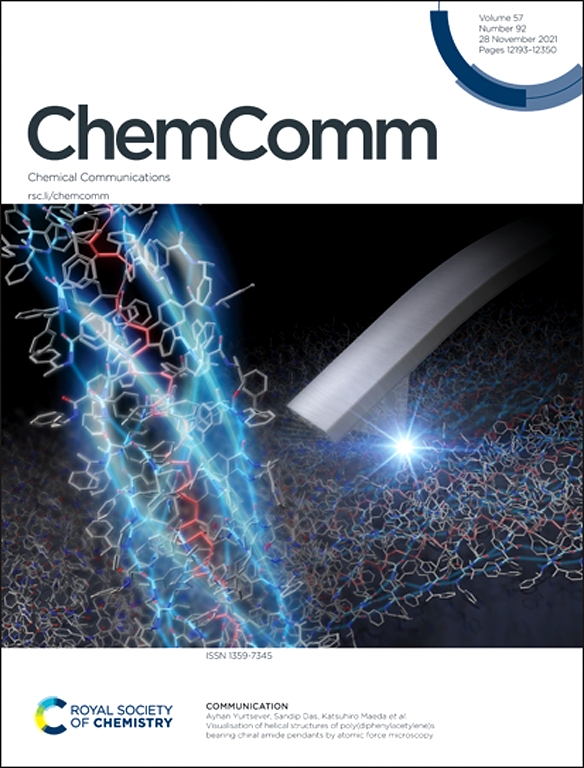柔性和可穿戴电子产品的生物界面工程。
IF 4.2
2区 化学
Q2 CHEMISTRY, MULTIDISCIPLINARY
引用次数: 0
摘要
生物界面传感是一个前沿的跨学科领域,融合了概念和实践方面。可穿戴生物电子设备能够与组织和器官等生物部件进行有效的互动和密切接触,为广泛的医疗应用铺平了道路,包括个人健康监测和医疗干预。为了适用于现实世界的环境,贴片必须稳定并粘附在皮肤上,在潮湿和干燥的条件下都不会引起不适或过敏,以及其他理想的特性,如超软、薄、灵活和可拉伸。生物传感器已经成为一种很有前途的工具,主要用于直接检测生物和电生理信号,增强个性化医疗的功效,并实现对人类健康的准确跟踪。这篇综述强调了皮肤组织表面/界面的工程及其与可穿戴贴片的相互作用,旨在广泛而深入地了解柔性和可穿戴皮肤贴片的发展所需的机械和物理化学性质。具体来说,柔性生物电子学和具有优化表面几何形状的传感器在长期诊断中的优势进行了讨论。这一见解旨在指导未来功能材料的发展,这些功能材料可以以受控的方式与人体组织相互作用。最后,我们对生物界面工程在可穿戴设备中的挑战和潜在应用进行了展望。本文章由计算机程序翻译,如有差异,请以英文原文为准。

Biointerface engineering of flexible and wearable electronics
Biointerface sensing is a cutting-edge interdisciplinary field that merges conceptual and practical aspects. Wearable bioelectronics enable efficient interaction and close contact with biological components such as tissues and organs, paving the way for a wide range of medical applications, including personal health monitoring and medical intervention. To be applicable in real-world settings, the patches must be stable and adhere to the skin without causing discomfort or allergies in both wet and dry conditions, as well as other desirable features such as being ultra-soft, thin, flexible, and stretchable. Biosensors have emerged as promising tools primarily used to directly detect biological and electrophysiological signals, enhancing the efficacy of personalized medical treatments and enabling accurate tracking of human well-being. This review highlights the engineering of skin-tissue surfaces/interfaces and their interactions with wearable patches, aiming for both a broad and in-depth understanding of the mechanical and physicochemical properties required for the advancement of flexible and wearable skin patches. Specifically, the advantages of flexible bioelectronics and sensors with optimized surface geometry for long-term diagnosis are discussed. This insight aims to guide the future development of functional materials that can interact with human tissue in a controlled manner. Finally, we provide perspectives on the challenges and potential applications of biointerface engineering in wearable devices.
求助全文
通过发布文献求助,成功后即可免费获取论文全文。
去求助
来源期刊

Chemical Communications
化学-化学综合
CiteScore
8.60
自引率
4.10%
发文量
2705
审稿时长
1.4 months
期刊介绍:
ChemComm (Chemical Communications) is renowned as the fastest publisher of articles providing information on new avenues of research, drawn from all the world''s major areas of chemical research.
 求助内容:
求助内容: 应助结果提醒方式:
应助结果提醒方式:


